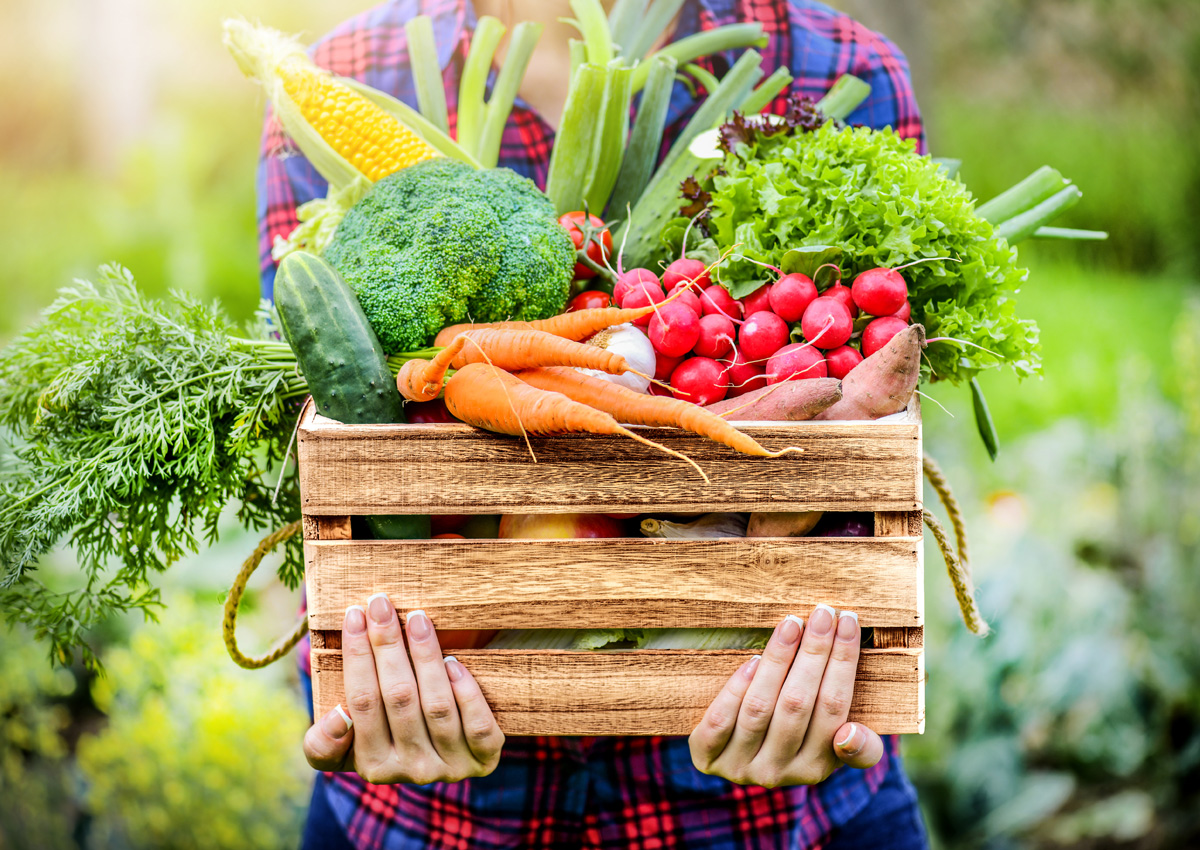
Meta-analysis Shows that Future Food Demand Will Increase between 35-56% over the Period 2010-2050
July 28, 2021| |
A study conducted by Wageningen University and Research reveals more than 820 million people in the world do not have enough food, while climate change and increasing competition for land and water are further raising concerns about the future balance between food demand and supply.
The study published in the journal Nature Food focused on the two key food security indicators, future food demand, and population at risk of hunger. Future food demand is a key driver of the required increase in food production and associated impacts on land-use change, biodiversity, and climate change. The population at risk of hunger ̶ is an indicator of the number of people that face chronic food insecurity.
Wageningen researcher Michiel van Dijk and colleagues conducted a systematic literature review and meta-analysis to assess the range of future global food security projections to 2050. Van Dijk's group analyzed 57 studies published between 2000 and 2018, harmonized all projections, and mapped them into several highly divergent but plausible socioeconomic futures, including sustainable, business-as-usual, and divided-world scenarios.
The study's findings show that food demand will increase by between 35% and 56% over the period 2010-2050. This increase is due to population growth, economic development, urbanization, and other drivers. Though lower than previous studies which suggested food production must be doubled, the expected increase in food demand may still have negative impacts on the environment and lead to biodiversity loss.
The study also reveals that the population at risk of hunger is expected to increase by 8% over the 2010-2050 period. This means that the Sustainable Development Goal of ending hunger and achieving food security will not be achieved. To prevent this, the researchers urge policymakers to work proactively to develop adequate long-term measures, including stimulating inclusive growth.
For more details, read the news article in WUR News.
| |
You might also like:
- GM White Maize Contributes to Food Security in South Africa
- Demand for Nutritious Food and Targeted Treatments Fuels Growth of CRISPR Market
- Food Security Expert Says COVID-19 Pandemic Calls for Reassessment of Food Systems
Biotech Updates is a weekly newsletter of ISAAA, a not-for-profit organization. It is distributed for free to over 22,000 subscribers worldwide to inform them about the key developments in biosciences, especially in biotechnology. Your support will help us in our mission to feed the world with knowledge. You can help by donating as little as $10.
-
See more articles:
-
News from Around the World
- RNA Breakthrough Creates Rice and Potatoes that Grow 50% More; Tolerate Drought
- Meta-analysis Shows that Future Food Demand Will Increase between 35-56% over the Period 2010-2050
- Golden Rice Now Approved for Commercial Planting in the Philippines
- Gene Drive Regulations to Evolve as the Technology Advances -Experts
- Scientists Say Modern Biotech Tools Beneficial for West Africa's Yam Industry
- UPLB's Bt Eggplant Approved for Consumption in the Philippines
- Leading Groups Urge UK Government to Take Action to Harness Unique Contribution of Plant Genetic Innovation
- Study Finds Genome-Edited Foods Found Generally Acceptable by UK Consumers
-
Research Highlights
- Study Reveals Gene Involved in Stem Rust Resistance in Wheat
-
Plant
- CRISPR Takes Out Bitter Compounds in Chicory
- Book Tackles Genome Editing Techniques for Climate-Smart Crops
- First GM Marsupials Developed with CRISPR
-
Read the latest: - Biotech Updates (December 17, 2025)
- Gene Editing Supplement (December 17, 2025)
- Gene Drive Supplement (February 22, 2023)
-
Subscribe to BU: - Share
- Tweet

